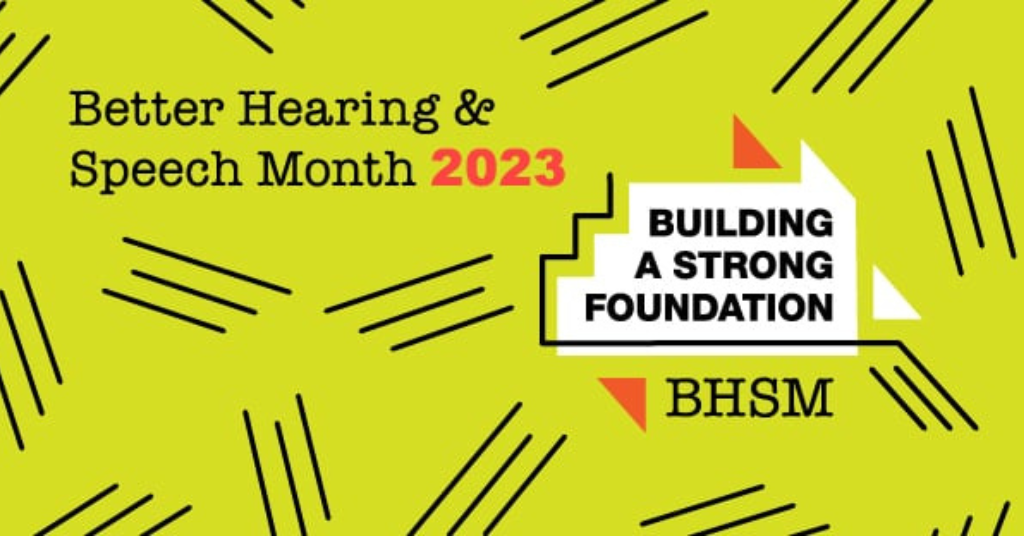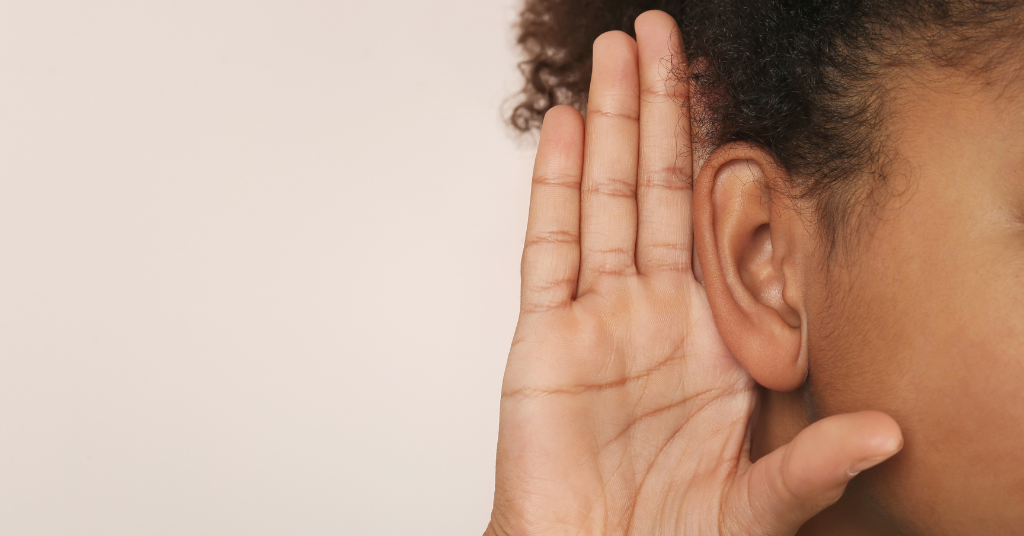
Top Three Surprisingly Relaxing Visitor Attractions in Florence
December 2, 2014
As One Song Ends, Another Finds Its Voice
December 8, 201411 Hearing Aid Myths You Shouldn’t Believe

hearing aid myths
Technology is changing at a very fast pace, and it’s hard to keep up—with computers, with cell phones, and with hearing aids. If you’ve had experience with hearing aids in the past, or even if you’ve just heard about previous generations of hearing technology, it’s very likely that you have some misconceptions.
Let’s say you want to buy a phone, but your concept of a telephone includes a rotary dial: you’d be operating under some outdated ideas, wouldn’t you? The same holds true with hearing aids. Technology has changed a lot—even in just the last five years. If you are considering hearing aids, the best thing you can do is to dismiss any pre-existing ideas you have about hearing technology and then do your research with a clean slate. Here’s a bit of myth-busting to get you started.
Hearing Aid Myth 1. Hearing aids are only for old people-or they’ll make me feel old.
“People think having hearing aids means that you’re old,” say Christine Pickup, an audiologist and owner of Mt. Harrison Audiology and Hearing Aids, LLC, in Rupert, Idaho. “That’s just not the case anymore,” she says. In fact, about two-thirds of those with hearing loss are younger than age 64. Hearing loss has many causes and affects people of all ages.
Wearable assistive technology is becoming more and more prevalent across age groups, as well. From wrist-bands that track your movement to in-ear Bluetooth devices to Google Glass, people are wearing technology for all kinds of reasons, making hearing aids a bit more status quo.
Hearing Aid Myth 2. Hearing aids are big, bulky, and unsightly.
Today’s hearing aids are considerably smaller and more discreet than ever before, and they come in a wide range of colors, just like watches, purses, and cell phones. There are even hearing aids that can be placed completely within the ear canal so as to be totally invisible.
Pickup, who recently started her own practice after 10 years’ experience at a clinic, agrees that the big, bulky hearing aid is a thing of the past. “Definitely people have this misconception: they think of that brown banana, the huge BTE [behind-the-ear] hearing aid,” she says. “Things have changed so much: hearing aids are stylish; they’re discreet; they’re easy to use.”
Hearing Aid Myth 3. Hearing aids are only for people with severe hearing loss.
Anyone who’s seen fuzzy newsprint spring into focus when they don a pair of reading glasses can tell you that vision correction isn’t just for people with severe myopia. In the same way, hearing aids can greatly assist people with mild to moderate hearing loss, and many models are intended for just that. Even with mild hearing loss, you may be missing out on conversations with grandchildren, the sounds of birds singing, elements of your favorite music, and more.
[stextbox id=”black” float=”true” align=”right” width=”400″]
We hear with our brains, we don’t really hear with our ears.
[/stextbox]
It’s also important to correct hearing loss when it first begins, for a variety of reasons. “There’s a link between hearing loss and loss of cognition,” Pickup says, pointing out that treating hearing loss isn’t just cosmetic. “We hear with our brains, we don’t really hear with our ears,” says the audiologist. “The ears just turn the sound into a signal that the brain can interpret. Controlling our hearing pathways also seems to help with memory, helps people connect socially, and all of those factors contribute to aging in a more graceful way. It lets you live your life on your own terms, rather than kind of shrinking away gradually into the night.” Pickup also points out that the longer a person has gone with hearing loss, the more rehabilitation and “re-forging of neural pathways” they need in order to accurately translate sound into meaning again.
Hearing Aid Myth 4. I can’t afford hearing aids.
If you are concerned about the costs of hearing aids, you’re not alone. The Hearing Loss Association of America (HLAA) has a list of financial resources and organizations that can help. You should also talk with your audiologist about your concerns; he or she may know of additional, local resources.
There are also programs that offer loans for the cost of hearing aids, which may be worth considering. When you pencil out the cost, think about how many conversations you’ll hear in the time that you’re making payments.
Hearing Aid Myth 5. Hearing aids make everything sound too loud.
“This is another thing that has changed,” says Pickup. “Thirty years ago, people were always messing with their hearing aids, turning them up, turning them down. A lot of times it was an all-or-nothing thing.” But nowadays, hearing aids can be adjusted in extremely minute increments. Many have a variety of programs you can use for various situations: some will adjust automatically, and some have remote controls for discrete adjustment. It’s important to continue working with your audiologist until you’ve got the right fit.
Hearing Aid Myth 6. Hearing aids can’t help with my tinnitus.
Nowadays, some hearing aids come with a special tinnitus program that provides background noise or other features to help minimize the effects of tinnitus. By reducing the effect of the tinnitus while simultaneously increasing hearing, especially through digital streaming to both ears, this technology can make an enormous difference.
Hearing Aid Myth 7. I only need one hearing aid because I only have hearing loss in one ear.
Sound comes from every direction. Certainly, wearing one hearing aid in the ear in which you have hearing loss will help, but two digital hearing aids will help much more than just one. The hearing aid in your “good” ear will pick up sound and stream it wirelessly to the other aid, allowing you to hear significantly better.
Hearing Aid Myth 8. Hearing aid salespeople are charlatans.
As with any professional you choose, from attorney to dentist, you should always make sure you feel completely comfortable with your hearing care professional. Some things to ask about include :
- Level of education. The requirements range greatly, from a high school diploma to eight years of pre-and post-graduate study. (Read more about the education and experience involved for various roles in the hearing health care world.)
- Philosophy and approach to treating hearing loss
- Professional experience
- Commitment to your community
- Particular experience with the kind of hearing loss you have
- References
Hearing Aid Myth 9. Follow ups aren’t necessary; they’re just a way for audiologists to charge me more money.
On the contrary, follow-up visits are the only way to make sure your hearing aids are adjusted properly and working optimally. Pickup uses an audio measurement tool to provide what she calls a “third-party verification” of how well hearing aids are working. With a tiny microphone placed inside the ear canal, she can listen in on how the hearing aid is performing. “You actually measure what’s coming out of the hearing aid,” instead of just guessing about how well the hearing aid is working, and make adjustments as necessary.
This technology is especially important with young children or people with severe hearing loss, who may not know or be able to describe how the hearing aid is performing.
Hearing Aid Myth 10. Hearing aids will work perfectly right away, like putting on a pair of glasses.
Treating loss of hearing is quite a bit different than treating loss of vision, and it almost always takes a couple of sessions to get things just right. This is partly a matter of making sure the hearing aids are adjusted correctly, but also of re-training the brain to interpret and prioritize sounds. Pickup says that the biggest surprise for new hearing aid users is how noisy the world is. “It can be a little overwhelming.”
[stextbox id=”black” float=”true” align=”right” width=”400″]
Treating loss of hearing is quite a bit different than treating loss of vision, and it almost always takes a couple of sessions to get things just right.
[/stextbox]
Audiologists use specific techniques to help minimize the surprise of hearing again. Usually, with a first fitting, Pickup doesn’t set the hearing aids to the full prescription, instead allowing patients to adjust incrementally. “It takes about three visits to get the hearing aids completely dialed in,” she says. “People have to retrain their brains to filter out some of those loud sounds,” and also re-learn what sounds require their attention. The ticking of the clock and the hum of the refrigerator are sounds they may not have heard for awhile, and it takes time to train the brain to ignore them again.
After awhile, though, the important sounds stand out. “They can hear their grandkids, not just pretend that they did,” says Pickup. “They can hear the fwap when they hit their golf ball. But it all takes time to adjust to.”
Pickup gives her patients exercises to help them adjust, such as reading aloud to themselves for 10 minutes a day. “It’s not enough to just put hearing aids on someone and send them out the door,” she says.
Hearing Aid Myth 11. If I don’t like my hearing aids, I’m stuck with them. It’s a big decision and I won’t know if I’m making the right one until it’s too late.
Would you buy a car without taking it for a test drive? Pickup lets her patients take a pair of hearing aids home for a few days or even a few weeks, and she says some other practitioners do the same. “Most manufacturers will give audiologists a few demo pairs.” Since she knows that her office isn’t the most realistic sound environment, she invites people to take them home. “I think they have to try them in the real world,” she says.
This test drive can often help people understand hearing aids’ more understated, but no less important, advantages. “Sometimes it’s subtle,” says Pickup. “Getting hearing aids, if they’re fit correctly, is not necessarily going to be this wow moment. It’s really more: ‘I don’t have to try so hard, I’m not tired at the end of the day because I’ve been working so hard to listen.’ Reducing that cognitive load. If we can reduce listening effort, all of that other stuff comes into place.”
In addition, Pickup points out: “Almost every state has a return policy, too. In Idaho [where she practices], you have a 30-day right of return. You should research in your area what those policies are.” Some states will allow the audiologist to keep a portion of the cost as a professional fee, she says, but knowing your rights can be extremely valuable.



